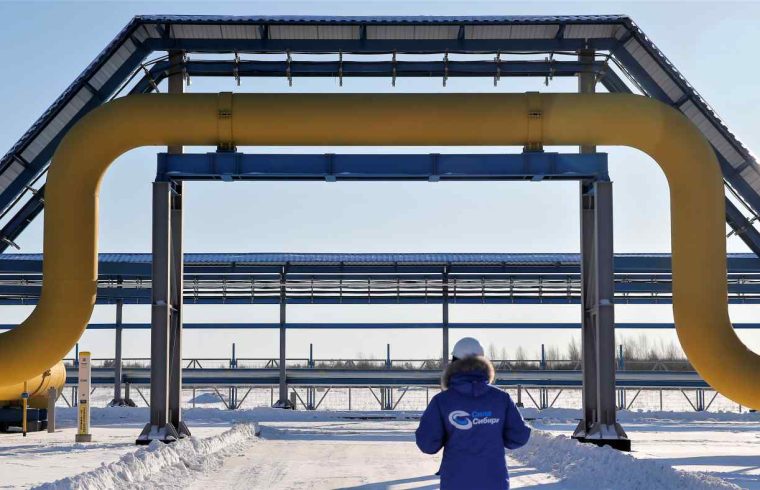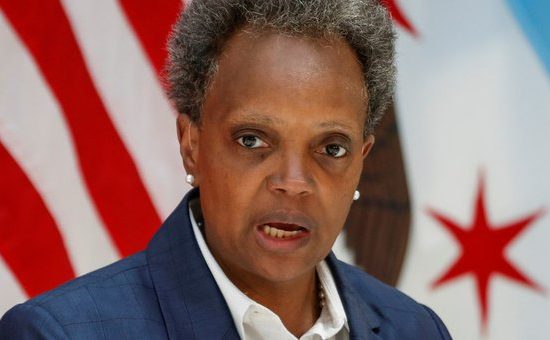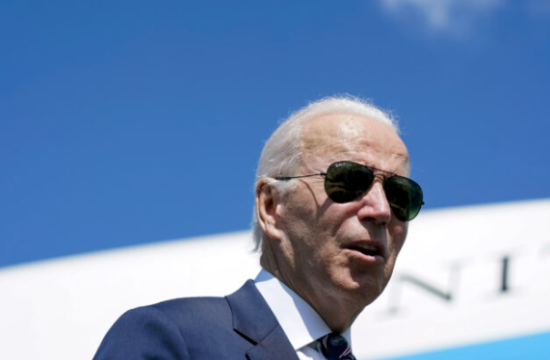Russia and China seem to be moving forward with a new pipeline for gas, which analysts believe would aid both countries in reducing tensions with the West.
On Wednesday, Presidents Vladimir Putin and Xi Jinping held a video chat. They showed unity on issues ranging from the US’s-led AUKUS cooperation to Vice President Joe Biden’s recent Summit of Democracies and NATO’s eastward expansion. Yuri Ushakov, Putin’s foreign policy advisor said that the leaders also discussed Power of Siberia-2, a mega-pipeline through Mongolia that could transport up to 50 million cubic meters of natural gas.
Putin met with Ukhnaagiin Khhurelsukh, the Mongolian President, at the Kremlin on the following day. They also discussed the Status of Power of Siberia-2 and other issues. According to Russian President Vladimir Putin the ideal route and length of the pipeline have been determined. A feasibility study will be completed within the next few weeks.
For years, the two nations have been negotiating the development of a second Power of Siberia pipeline, which would increase Russian gas exports to China. Little has changed, though. Beijing’s misgivings over Gazprom’s chosen route stymied initial discussions. Gas would have been carried from Western Siberia to China’s Xinjiang province through this route, which would have passed via the Altai Mountains. In late 2019, Gazprom decided to use an alternate path, which Beijing favored. This would allow the gas to be transferred straight from Mongolia to central China’s highly inhabited areas.
Moscow is concerned that Power of Siberia-2 will include both hazards and benefits. Power of Siberia-2, according to Gabuev, may have a drawback. Russia’s gas consumers may become overly reliant on China, a situation that will only worsen if ties between Russia and the West continue to deteriorate.












